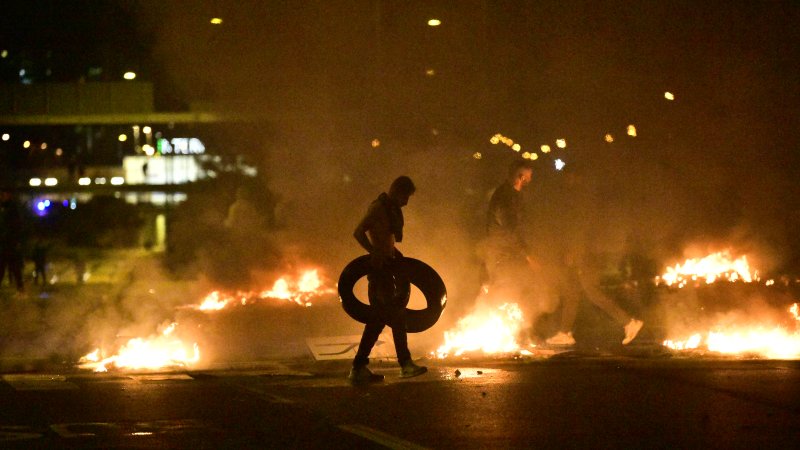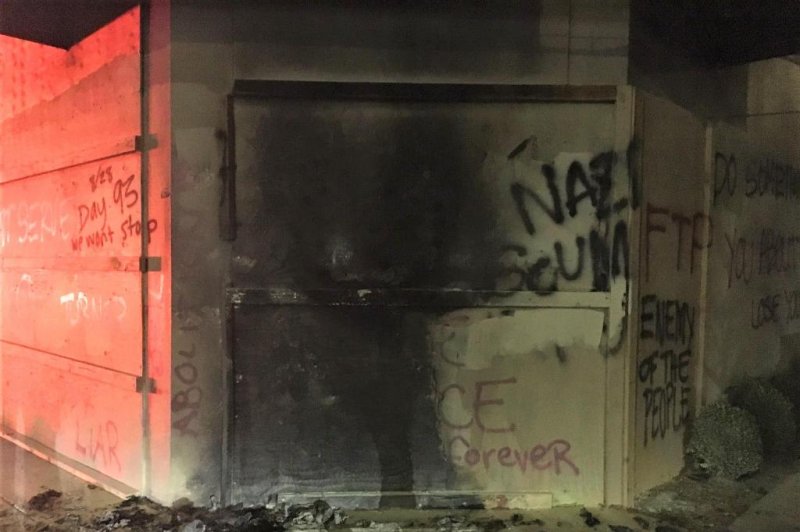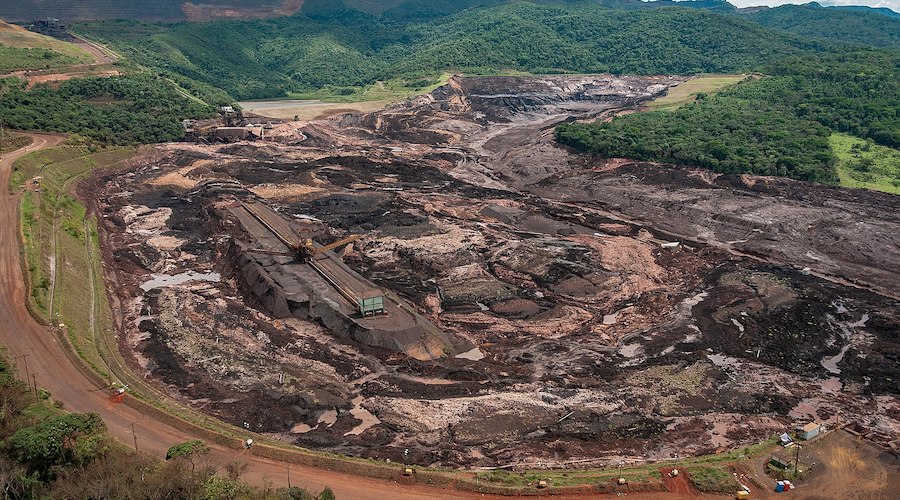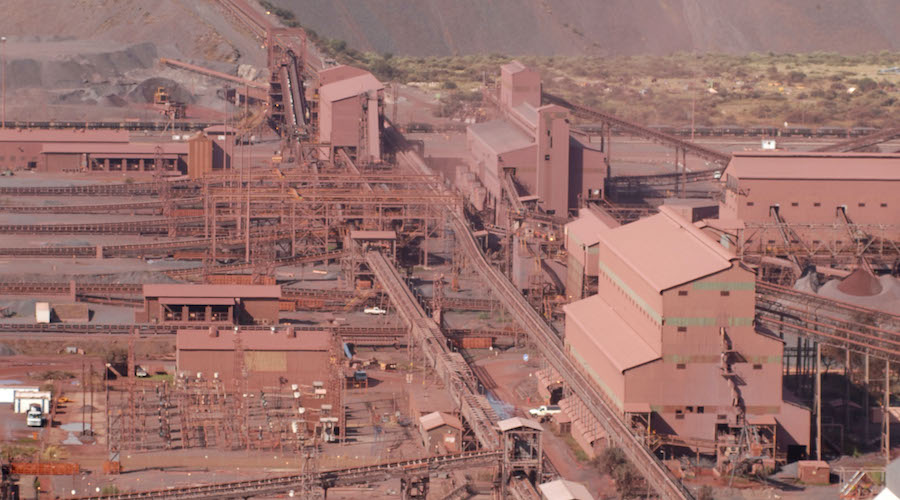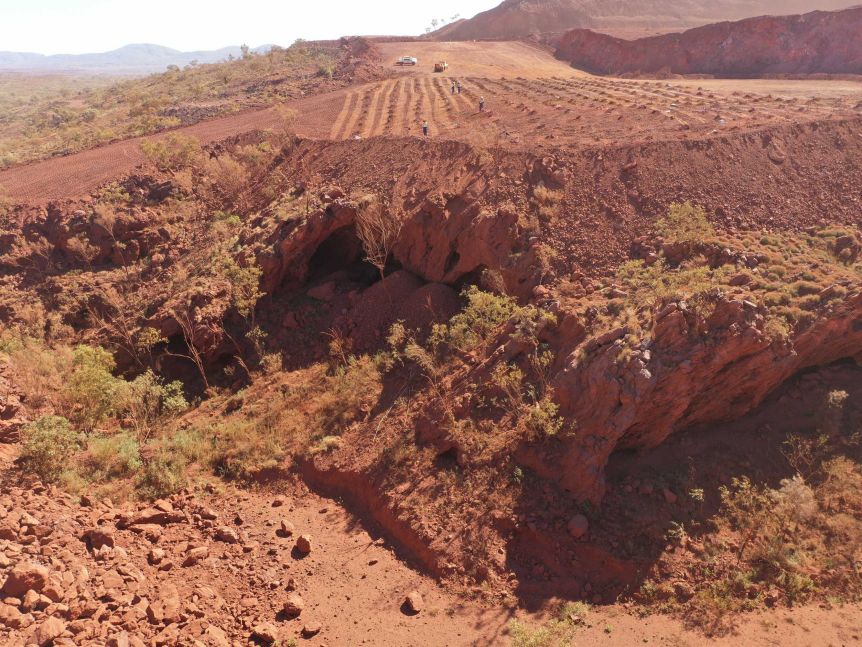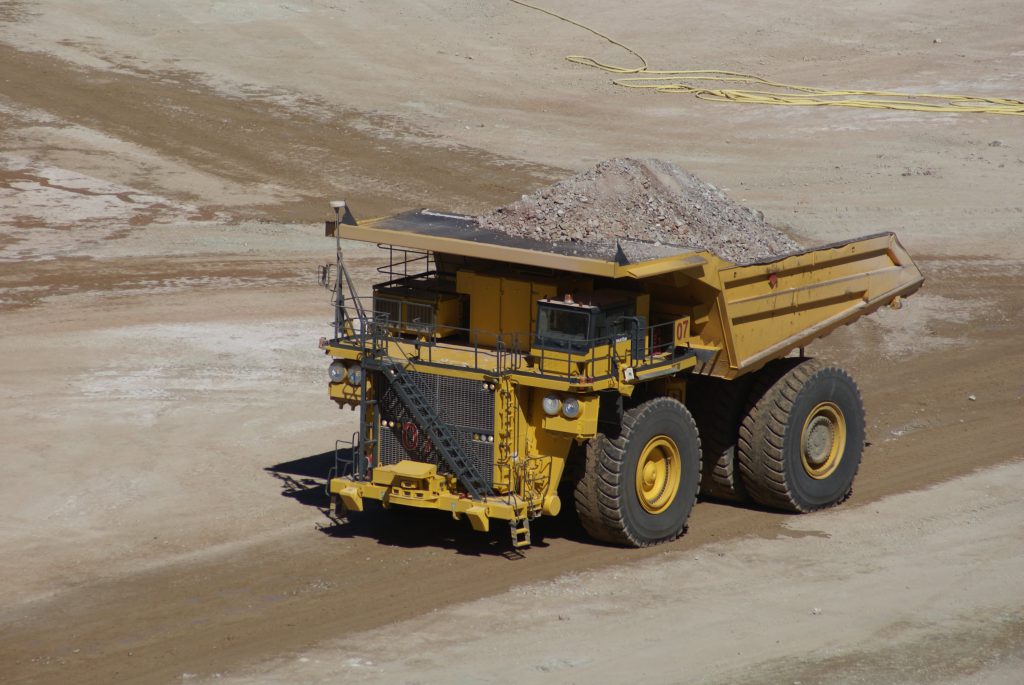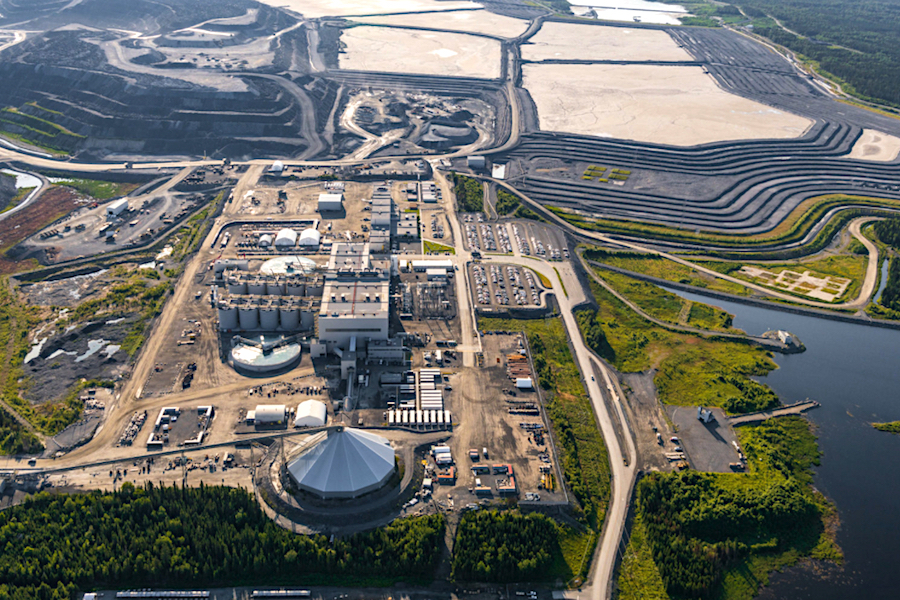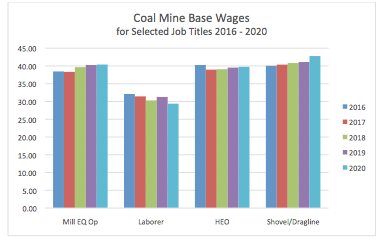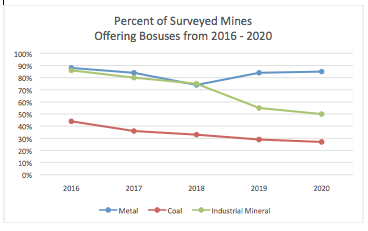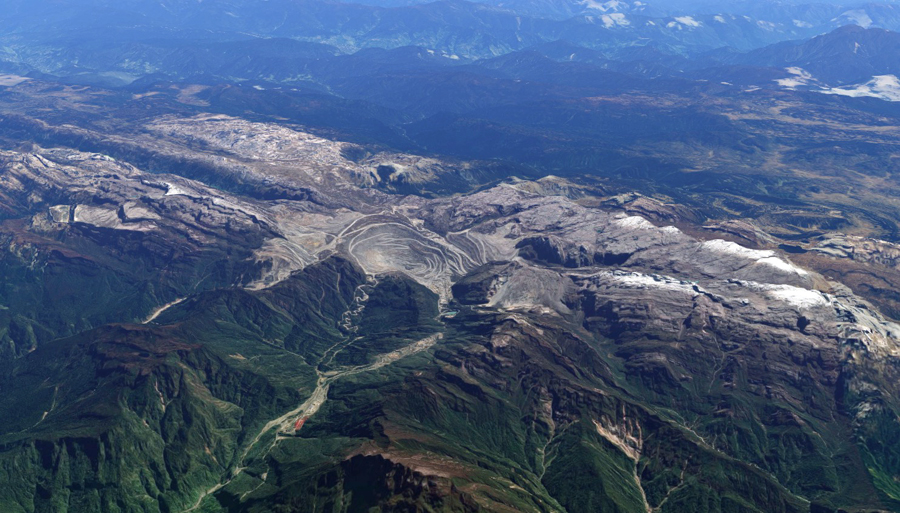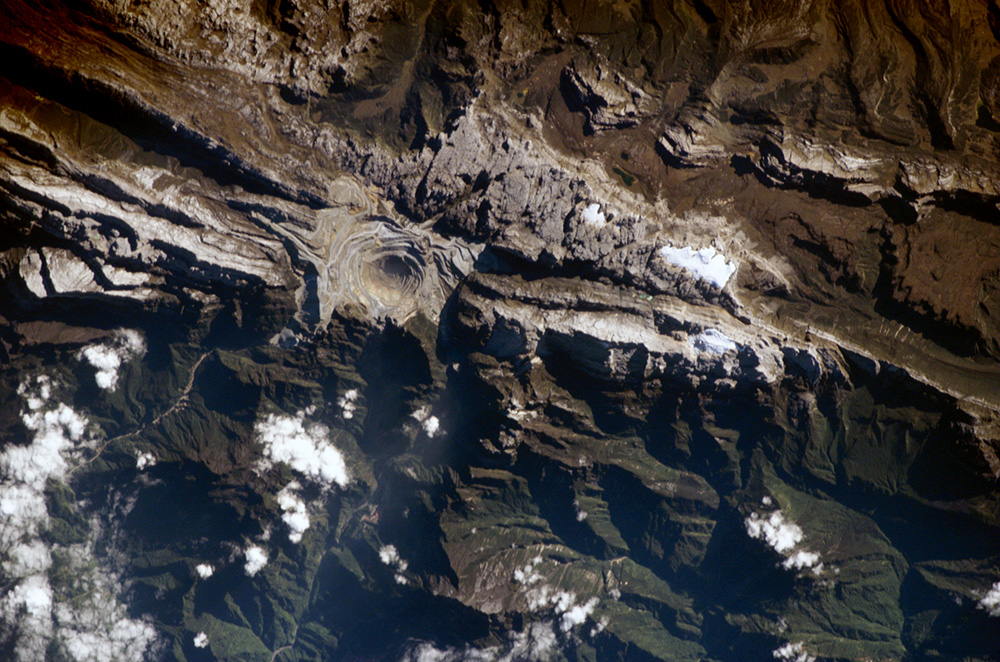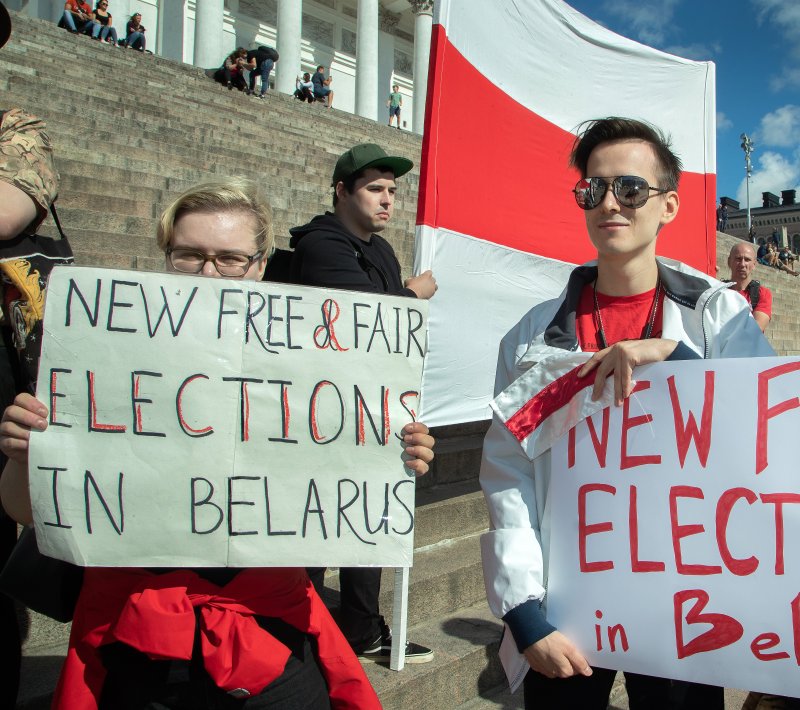
Demonstrators march against Belarus at the Senate Square in Helsinki, Finland, on Saturday. Photo by Mauri Ratilainen/EPA-EFE
Aug. 29 (UPI) -- Belarusian authorities have detained dozens of journalists and stripped them of their accreditation after reporting on protests against President Alexander Lukashenko, world leaders and media outlets have reported.
British Foreign Secretary Dominic Raab said Friday that more than 50 journalists were arrested Thursday night, including those from the BBC and other international media. The Independent reported hundreds of protesters and journalists were detained during protests in Minsk's Independence Square.
"This was a blatant attempt to interfere with objective & honest reporting. The Belarusian authorities must stop targeting journalists & #defendmediafreedom," Raab tweeted.
German news agency Deutsch Welle said one of its reporters, Alexandra Boguslavskaya, was among those detained. She was released after several hours in custody. The agency said the Belarusian Interior Ministry denied making the arrests.
German news agency Deutsch Welle said one of its reporters, Alexandra Boguslavskaya, was among those detained. She was released after several hours in custody. The agency said the Belarusian Interior Ministry denied making the arrests.
RELATED Belarus protests: President wields rifle, body armor to show defiance
Russia's Tass news agency reported the Belarusian Foreign Ministry stripped a number of foreign journalists of their credentials, citing the Belarusian Association of Journalists. Among those were reporters for ARD TV, DW, BBC, Associated Press, Reuters, France Press and Radio Liberty.
Journalists have come under scrutiny in the eastern European country amid protests over the re-election of Lukashenko earlier this month. Demonstrators decried possible election fraud in the election giving him his sixth term in office.
The European Union last week declined to recognize the results of the election, calling it "neither free nor fair." The body also condemned violence by police forces against protesters and imposed sanctions on those responsible for the excessive force.
RELATED Britain rejects Belarus' 'fraudulent presidential election'
A joint statement by the United States, Britain, Switzerland and the European Union on Saturday showed support for those protesting the election and called for a stop to "brutal and disproportionate use of force by the law enforcement."
"Intimidation and prosecution based on political grounds need to stop," the statement said. "We call on the Belarusian authorities to respect the country's international obligations on fundamental democratic and human rights. We expect a complete and transparent investigation into all alleged crimes and abuses in order to hold those responsible to account. Only this will pave the way for a peaceful resolution of the crisis based on an inclusive national dialogue."
